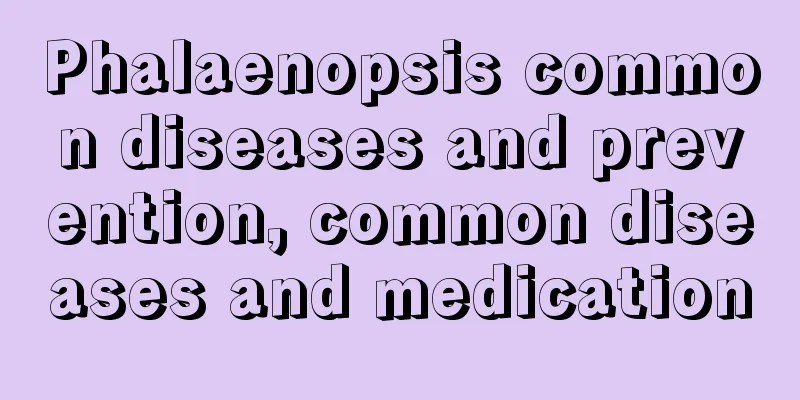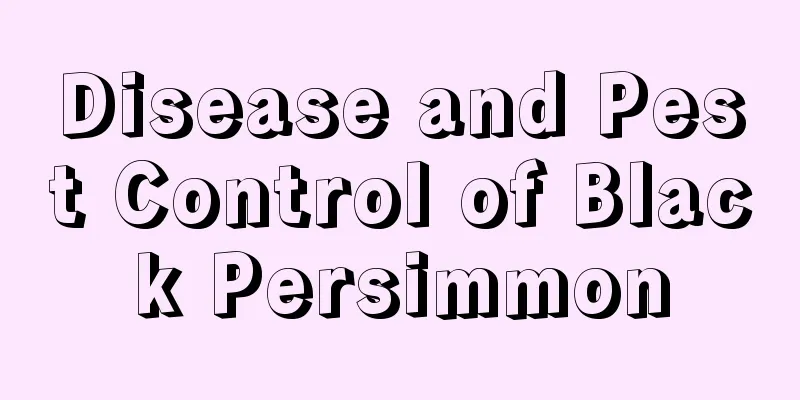Phalaenopsis common diseases and prevention, common diseases and medication

1. AnthraxPhalaenopsis is infected with anthracnose mostly because the environment provided is too humid and the ventilation is too poor. Once infected, small spots will appear on the leaves, which will gradually expand and become black-brown or yellow-brown spots. Once discovered, timely treatment is required, more ventilation is provided, fertilizer and water management is strengthened, the growth environment is improved, and disease resistance is enhanced. In addition, you need to spray medicine. You can use mancozeb. Apply it once a week and spray it two or three times to be effective. 2. Botrytis cinereaIf the plant's environment temperature is too low and too humid during management, it is easy to be infected with gray mold, and the flowers are easily damaged when the disease occurs. In the early stage, there are water-like spots on the flowers and sepals. In the later stage, the spots will expand and become circular patches. In severe cases, the flowers will fall off. After discovering it, ventilate it more and let it get more sunlight. Also cut off diseased flowers to avoid infection. In the later stage, you need to spray cyproconazole once every ten days, and it will be effective after two or three times. 3. Soft rotThis disease often occurs in a high temperature and humid environment, harming the leaves of the plant. There will be transparent spots on the leaves, and the leaves will rot later. The harm is serious and contagious, so they need to be treated as soon as possible. The moisture should be controlled and pesticides should be sprayed for treatment. You can use either thiophanate-methyl or polyoxin, spray it once every ten days, and two or three times can control the disease. 4. Brown spot diseaseBrown spot disease also occurs in seasons of high temperature and high humidity. When the disease occurs, there will be brown irregular spots on the leaves, which will cause great harm to seedlings. In severe cases, the leaves of old plants will also turn yellow and dry up. When treating the disease, you should also spray polyoxin once every ten days. Spraying two or three times can control the disease. |
<<: What diseases and pests does Phalaenopsis have, and what medicines are used for them?
>>: Common diseases of daffodils and how to prevent and control them
Recommend
How much does a honeysuckle seedling cost and how to plant it
1. How much does it cost? The price of honeysuckl...
Vegetable planting management guide in June
In June, with the arrival of summer, the temperat...
Is it better to use a large pot or a small pot for the Kylin palm? What kind of flower pot is suitable for the Kylin flower?
Euphorbia is a kind of succulent plant, which bel...
How to fertilize orchids grown with moss (How to fertilize potted orchids with moss)
An orchid lover asked: How to fertilize orchids g...
The correct way to water flowers with expired milk
Expired milk can be used to water flowers, which ...
How to propagate the Chinese lucky charm by cuttings
The soil conditions for the lucky plant need to b...
What soil to use for growing roses
1. Flower soil requirements 1. Good drainage: Bec...
How to make green radish grow faster
1. Don’t use too much light The green radish need...
When is the best time to transplant azalea
When azalea blooms, it is blood red, full of vita...
Where do lily seeds come from?
How to get lily seeds Lily seeds grow in their ca...
How many flowers do you remember playing with as a child?
1. Dogtail grass When I was a child, electronic d...
How to grow hyacinth with soil
1. Choose the soil Hyacinth needs fertile and loo...
What is the meaning of the rubber tree
1. Meaning 1. Dignified and calm: This type of pl...
Lemon flower soil preparation method
Lemon tree soil requirements The soil for growing...
The fastest way to root rose cuttings
Rose cutting time Rose cuttings can be taken all ...









